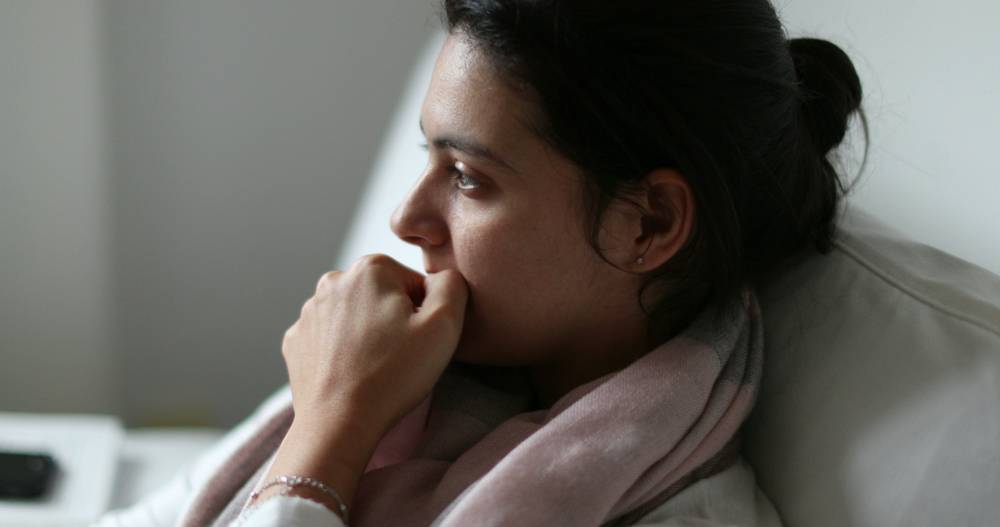Obsessive-compulsive disorder (OCD) is a long-term disorder that manifests as uncontrollable, obsessive thoughts and compulsions that an individual feels the need to repeat.
While the term “OCD” is loosely used in today’s culture, where some even take pride in declaring to be “OCD” to an extent in a manner that signals discipline, it means something else in a clinical setting. OCD involves:
- Obsessions: These symptoms of unwanted thoughts and ideas upset normal life making focusing on other things difficult.
- Compulsions: As a result of the obsessions, the individual feels a need to do things in a specific way.
On average, a person seeks help after seven years of suffering from OCD. The disorder can be so debilitating that the World Health Organisation listed OCD as one of the top 10 most disabling illnesses, with consideration given to lost earnings and reduced quality of life. The report also unveiled OCD as the fifth leading cause of disease burden amongst women in the developed countries between ages 15 and 44.
The Singapore Mental Health Study 2011 uncovered Singapore as the OCD capital of the world, scoring OCD rates three times higher than that of Europe. One in 28 people will be affected by this disorder in their lifetime.
OCD symptoms
Dirt/germ contamination and washing
Feelings of being physically unclean, paranoia about illness susceptibility, or even mental pollution are the typical worries for this category. Contaminants do not only include germs, bacteria or viruses. They can extend to blood, sticky substances, household detergents, residues, and even certain animals and insects. Individuals with this type of OCD may go to extreme lengths to “protect” themselves. They carry out rituals such as incessant disinfection, tossing out “contaminants”, and allocating “clean” areas at home that others are not permitted to encroach upon. Should contaminants be unavoidable, the individual will resort to excessive cleaning to “decontaminate” themselves and their belongings, and may even feel responsible for “infecting” others.
Doubt about accidental harm and checking
Individuals in this category obsess about accidentally causing harm to themselves or others out of carelessness or negligence. Common ideation comes in the form of hitting a pedestrian on the road or leaving the stove on before heading out, potentially resulting in a house fire that could hurt a loved one. As a product of this obsession, the individual carries out needless checks in an attempt to counter these feelings of doubt and neutralise the perceived threat. This habit gives rise to the title of “checkers” for those exhibiting this behaviour.
Needing everything to be just right – arranging, counting and symmetry OCD
In the OCD of perfectionism, individuals arrange, organise and line up objects in their environment till certain conditions known to them are satisfied. “Disorderly” and “improperly placed” items can cause intense discomfort to the perfectionist. They can be seen to adjust the distance between certain objects on their desks and their angles in order to achieve a sense of “completeness”. While at it, they may engage in mental arranging and counting, along with tapping and touching behaviours. It is no wonder that perfectionists can be painfully slow when it comes to completing a task.
Taboo thoughts and mental rituals
This OCD may take longer to treat as the individual experience more obsessions and fewer overt compulsions. These undesirable obsessions are usually sexual, aggressive, or religious in nature, which violates their morals and beliefs. Their thoughts could be about sexually molesting a child, pushing pedestrians into heavy traffic, or sacrilegious acts with religious figures. People with this OCD typically are not violent and do not act out these obsessions. But because they believe their thoughts are a threat to society and important, these individuals spend a lot of time trying to quell them. Individuals that fall into this category are referred to as “purely obsessional” and tend to occupy themselves with covert rituals like mental compulsions and uncontrolled reassurance-seeking.

